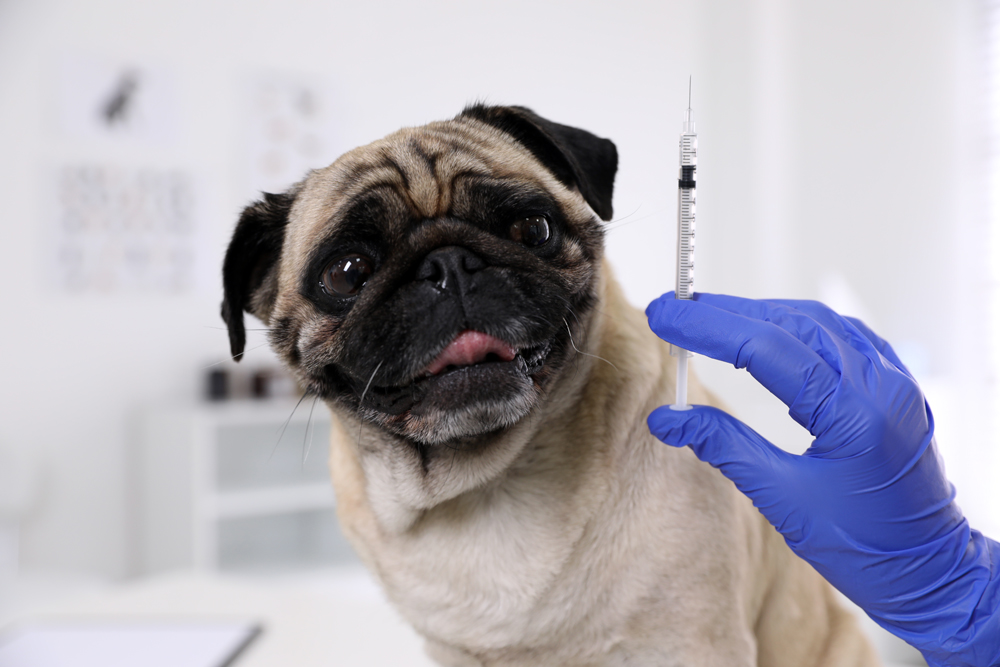In the world of pet healthcare, the role of the Veterinary technician is often misunderstood and underappreciated. These highly skilled, educated professionals are crucial components of the Veterinary healthcare team.
One of a technician’s many fundamental responsibilities in a small animal facility is to educate pet owners on the importance of vaccinations, emphasizing preventative health care and also speaking both on the prevalence of diseases and their risks to both pets and their people. In light of the recent update to the American College of Veterinary Internal Medicine (ACVIM)’s consensus statement on leptospirosis in dogs, the role of Veterinary technicians in this regard becomes even more pronounced.
Leptospirosis is not a “new” disease, yet many pet owners are likely still in the dark on its prevalence and the significant risk to their pet, and potentially, to their family.
Years ago, Leptospirosis was thought to be a “rural dog” issue, and many inner-city or suburban dogs were not considered to be at risk, and therefore vaccination was not recommended. However, due to current research, it is now clear that all dogs are at risk of leptospirosis, no matter their breed, age, if they live primarily indoor vs outdoors, or their geographical location.
Veterinary technicians play several key roles in ensuring pet owners are well-informed of these updated vaccination guidelines and recommendations. A few of their key roles include what is listed below.
- Client education: Veterinary technicians need to educate pet owners, at a basic level, about the risks of leptospirosis and the benefits of vaccination. This should include information on how the disease is transmitted, disease symptoms, and potential consequences of infection. Providing succinct information allows the client to be a part of the decision-making process when it comes to the preventative care for their pet.
- Vaccine administration and patient monitoring: Veterinary technicians should be tasked with preparing and administering vaccinations during routine pet wellnesses visits. They should ensure all vaccinations are stored, handled, and administered according to established protocols. The technician can also address any concerns from the pet owner regarding vaccination and monitor the pet for any adverse reactions.
- Follow up: Veterinary technicians can follow up with pet owners to ensure the pet is feeling well post-vaccination. They should also communicate the importance of adhering to a strict schedule for booster vaccines to ensure the pet maintains optimal protection against this infectious disease.
- Community Outreach and Education: Veterinary technicians should engage in community outreach and education to raise awareness of current disease prevalence and guidelines for preventative vaccinations. This can be accomplished through a variety of ways, such as launching a social media campaign for their clinic, hosting educational seminars in their community, or providing informational handouts to pet owners at pet wellness visits.
Veterinary technicians play a vital role in educating pet owners about the importance of vaccinating their pets against leptospirosis (as well as other preventable diseases). They serve as a bridge between veterinarians and pet owners, and as such, are provided a unique platform to educate and empower pet owners to follow current, science-driven guidelines for preventative health care. By highlighting the significance of the new guidelines set forth by the ACVIM for leptospirosis vaccination, technicians can help safeguard the health of dogs in their community and reduce the risk of transmission to humans.
To review the Updated ACVIM consensus statement on leptospirosis in dogs, visit: https://onlinelibrary.wiley.com/doi/10.1111/jvim.16903 (open access).

